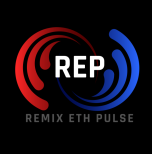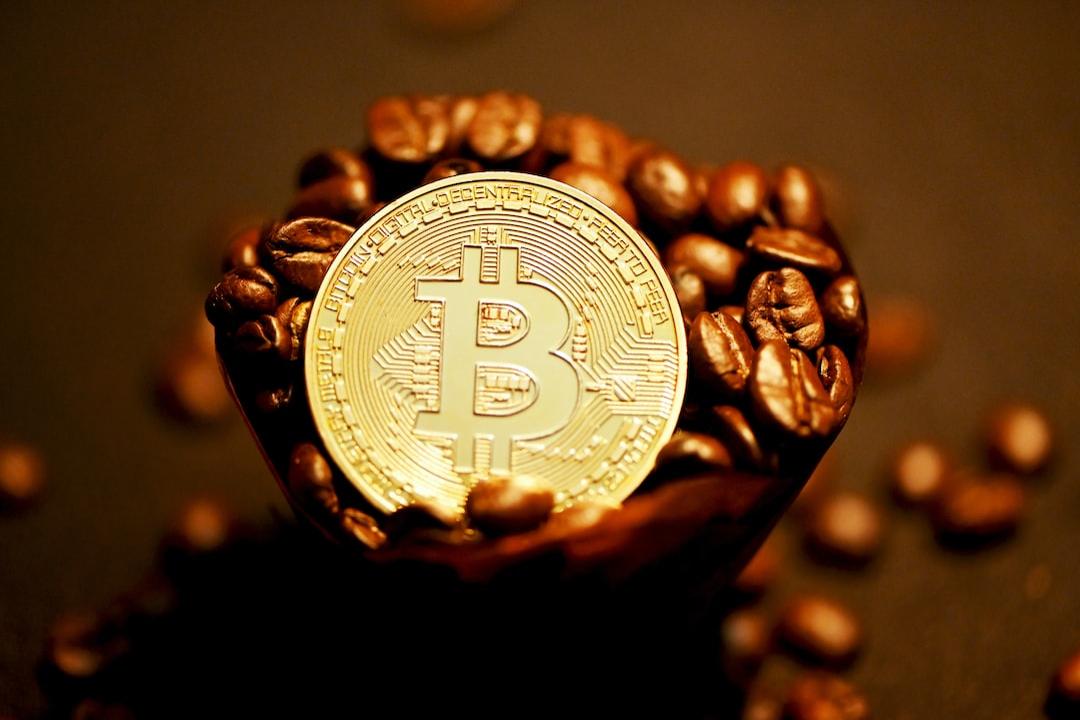What Happened?
OpenAI’s latest ChatGPT-4o image generation feature has quickly gone viral on social media, sparking a wave of “Ghiblify” trends. OpenAI’s CEO himself joined the frenzy, sharing a personal Ghibli-style portrait. However, the surge in image generation requests has begun to place a severe strain on the company’s GPUs.
Ghibli Fever on Social Media!
OpenAI’s latest ChatGPT-4o image generation feature has recently ignited a wave of “AI-generated images” online. From childhood memories of “The Powerpuff Girls” to the delicate and beautiful style of “Studio Ghibli,” even stylized images of well-known political figures or business magnates can be easily generated, quickly going viral on social media and triggering a Ghiblify craze. However, this trend has also put immense pressure on OpenAI’s infrastructure, leading them to temporarily limit the use of this feature.
On March 25, OpenAI CEO Sam Altman shared a personal Ghibli-style portrait generated by ChatGPT-4o on social media, after which the trend rapidly gained traction on social platforms. Yet, just two days later, he posted again to announce that the massive influx of image generation requests had begun to severely burden the company’s GPUs. “We are thrilled to see how much everyone loves ChatGPT’s image generation feature, but our GPUs are melting. We will temporarily implement some restrictions while we work on improving efficiency,” Altman stated.
it’s super fun seeing people love images in chatgpt.
but our GPUs are melting.
we are going to temporarily introduce some rate limits while we work on making it more efficient. hopefully won’t be long!
chatgpt free tier will get 3 generations per day soon.— Sam Altman (@sama) March 27, 2025
To alleviate the high demand for AI-generated images, ChatGPT will limit free users to a maximum of three images per day. According to OpenAI, the implementation of restrictions aims to help manage the overall load on its infrastructure. If requests increase significantly, it could put pressure on servers and lead to performance issues. By setting rate limits, OpenAI can help maintain a smooth and consistent experience for all users.
This Ghibli trend has attracted participation from several celebrities, including Tesla CEO Elon Musk, who shared an image imitating Mufasa holding a Shiba Inu from Disney’s “The Lion King.”
Theme of the day pic.twitter.com/2ioG0StAxL— Elon Musk (@elonmusk) March 26, 2025
David Sacks, the White House’s AI and cryptocurrency lead, also joined in, generating an image of himself in a Ghibli studio art style at an event.
Guess who? pic.twitter.com/4VehAWsDxq— David Sacks (@DavidSacks) March 27, 2025
Many netizens have also unleashed their creativity, transforming numerous well-known meme images, significant historical moments, or various national leaders into Ghibli-style images and sharing them on social media.
Is AI Image Generation an Advantage or a Crisis?
The social media landscape is filled with various Ghibli-style creative memes, providing great publicity for OpenAI. Bloomberg reported that, according to insiders, OpenAI expects its revenue to more than triple this year, reaching $12.7 billion. Altman stated on February 12 that his company hopes to launch GPT-4.5 and GPT-5 in the coming weeks or months.
However, there is a more complex side to this AI Ghibli trend. In fact, Studio Ghibli founder Hayao Miyazaki expressed “extreme disgust” towards OpenAI’s image generation technology back in 2016, stating he “would absolutely not want to adopt such technology in his own works.” Miyazaki added that machines painting like humans is a tremendous insult to life, lamenting, “We humans are losing our confidence in ourselves.”
While some may consider him a reactionary against technology, such thoughts may overlook the incredible details present in every animated film produced by Studio Ghibli. Ghibli animations include up to 70,000 hand-drawn images, painted with watercolors. For instance, a four-second crowd scene in “The Wind Rises” took one animator 15 months to create.
As artificial intelligence can now generate similarly styled images in seconds, it seems increasingly improbable that anyone will want to fund an animator for 18 months just to create a four-second animated segment. However, if there are no human beings creating new artistic ideas, AI tools will only be able to remix the past and will be unable to create anything new (at least until the arrival of Artificial General Intelligence (AGI)).
This AI image trend acts like a double-edged sword, showcasing both the remarkable advancements in technology and triggering profound reflections on the essence of art and human creativity. Miyazaki’s concerns are not merely anti-technology but represent a deep care for human values and the inheritance of craft. When AI can replicate or even simulate highly realistic artistic styles in mere seconds, perhaps we should ask ourselves: what is truly unique about humanity?
References: cointelegraph, cointelegraph

